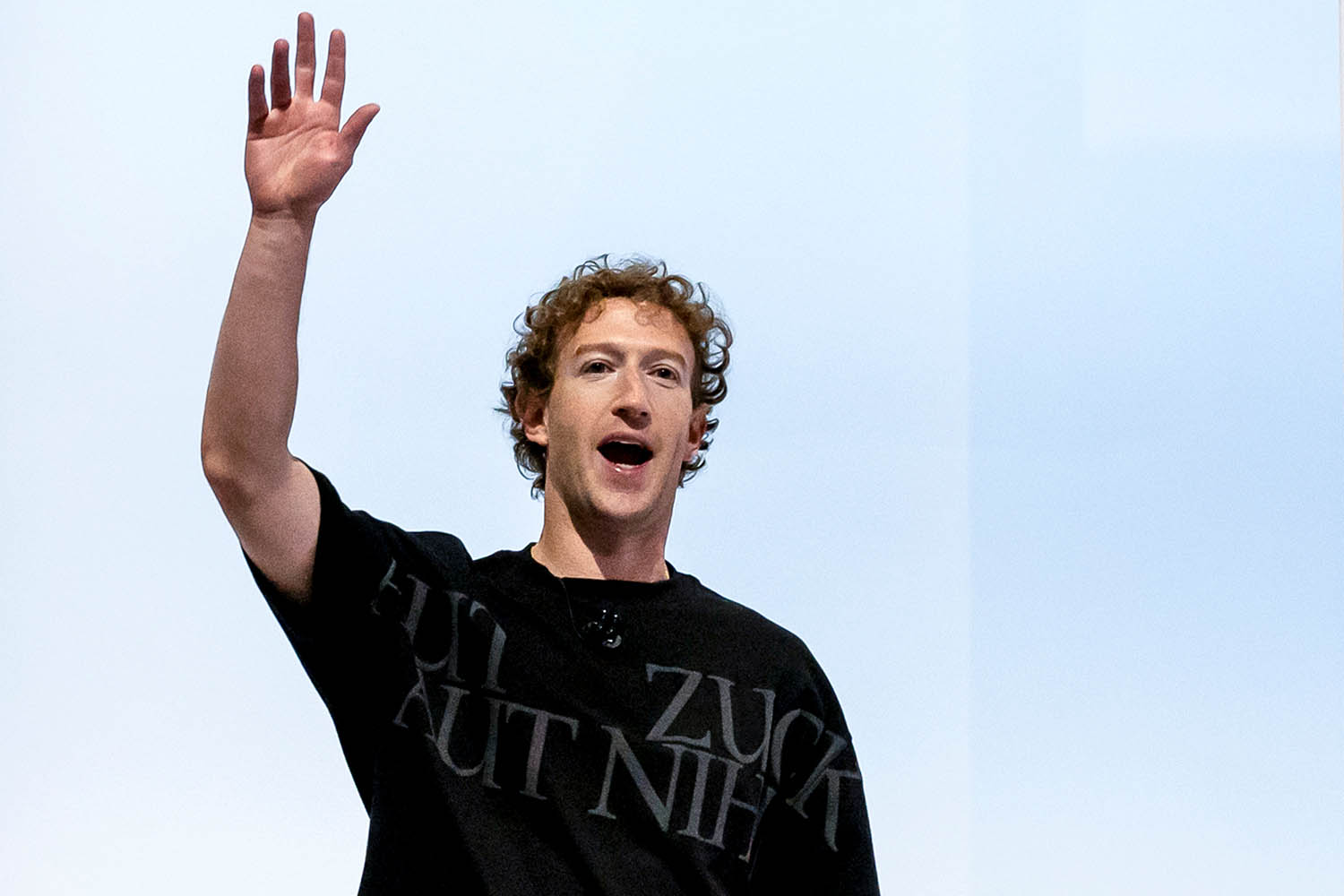The AI bubble continues to inflate at a stupendous rate. Trawling through company filings and public statements from Meta, Microsoft, Google, Amazon, OpenAI, xAI, CoreWeave and Oracle reveals that, collectively, these outfits propose to spend between $477bn and $498bn on building what they call “AI infrastructure”: datacentres, high-end graphics processing units, land purchases, construction, etc. As the US politician Everett Dirksen supposedly said in another context: “A billion here, a billion there, pretty soon, you’re talking real money.”
If you thought that it’s hard to imagine a business model that could produce decent rates of return within a reasonable timeframe from investments on this scale, you’d be spot on: there isn’t one. This isn’t about mundane stuff such as return on investment, but about something much grander: world domination, or words to that effect.
What we’re seeing is a seismic shift in the tech industry that’s been triggered by AI. The big companies have realised that AI has become the strategic core asset. They see two things as existential requirements for their future prosperity or, at any rate, survival. One is ownership of the leading AI models at any given time, plus the physical infrastructure (AKA datacentres) needed to extract value from them.
The other is the need to attract and retain the algorithmic talent – ultra-smart geeks – needed to keep them at the leading edge of developments. In that context, a frantic bidding war for those geeks is under way in Silicon Valley.
Meta’s boss, Mark Zuckerberg, is making the running there at the moment. He’s looking for people to staff his new “superintelligence labs” and recently poached Ruoming Pang, who headed up the AI models team at Apple, for a pay package worth more than $200m. (Just to put that in context, Tim Cook, Apple’s chief executive and Pang’s former boss, took home a measly $75m in 2024.)
Zuckerberg (pictured) has also recruited about 10 high-end geeks from OpenAI, who were doubtless influenced by the $100m signing-on bonuses offered. Mark Chen, OpenAI’s chief research officer, was deeply miffed by this corporate raiding. “I feel a visceral feeling, as if someone has broken into our home and stolen something,” he wrote in an emotional email to the staff that was accompanied by a promise the company would be “recalibrating comp[ensation]” for those who remained loyal to OpenAI’s mission.
But at the same time as tech companies are paying fortunes to hire certain kinds of worker, they are shedding other kinds of staff in droves. Microsoft, to take just one example, is laying off 9,000 this year, which represents 4% of its 228,000 global workforce. Its chief executive, Satya Nadella, explained the reasoning behind this in a memo that is a masterpiece of corporate cant.
“By every objective measure,” he wrote, “Microsoft is thriving – our market performance, strategic positioning, and growth all point up and to the right. We’re investing more in CapEx [capital expenditure]than ever before ... And yet, at the same time, we’ve undergone layoffs.
“This is the enigma of success in an industry that has no franchise value. Progress isn’t linear. It’s dynamic, sometimes dissonant, and always demanding. But it’s also a new opportunity for us to shape, lead through, and have greater impact than ever before.”
Which, observed tech writer and investor Om Malik acidly, was like a healthcare company saying: “We are making a ton of money, but we’re going to lay off nurses and replace them with machines.”
There are some interesting clues to be extracted from Nadella’s memo. One is that it’s a way of signalling to Microsoft shareholders that while the management is going to blow $80bn on datacentres and infrastructure next year, it’s also cutting some organisational fat. Another is that 4% of its workforce is disposable. Is that because the work those 9,000 employees did can now be done by AI? And does that give us an indication of the likely effect of the technology on white-collar employment in many comparable organisations – or is it just the lower limit of what might happen?
One thing is for sure: employment prospects in tech are no longer as good as they once were. In 2024, 549 US tech companies shed 150,000 workers. The trend continues this year: more than 16,000 people lost their jobs in February alone.
If this is what’s happening now, imagine what it’ll be like when the bubble eventually bursts.
What I’m reading
Machine learning
Academia: The Questions Are Big! It’s the Curricula That Got Small is a striking essay by Timothy Burke on what AI reveals about the way we teach.
Young head on old shoulders
A nice piece by Jennifer Senior in the Atlantic about why we think we’re younger than we are is The Puzzling Gap Between How Old You Are and How Old You Think You Are.
Computer language
Cory Doctorow’s critique of Ellen Ullman’s Close to the Machine is a lovely essay-length review of a fine book. It can be found on his Pluralistic site.
Photograph by David Paul Morris/Bloomberg via Getty Images

